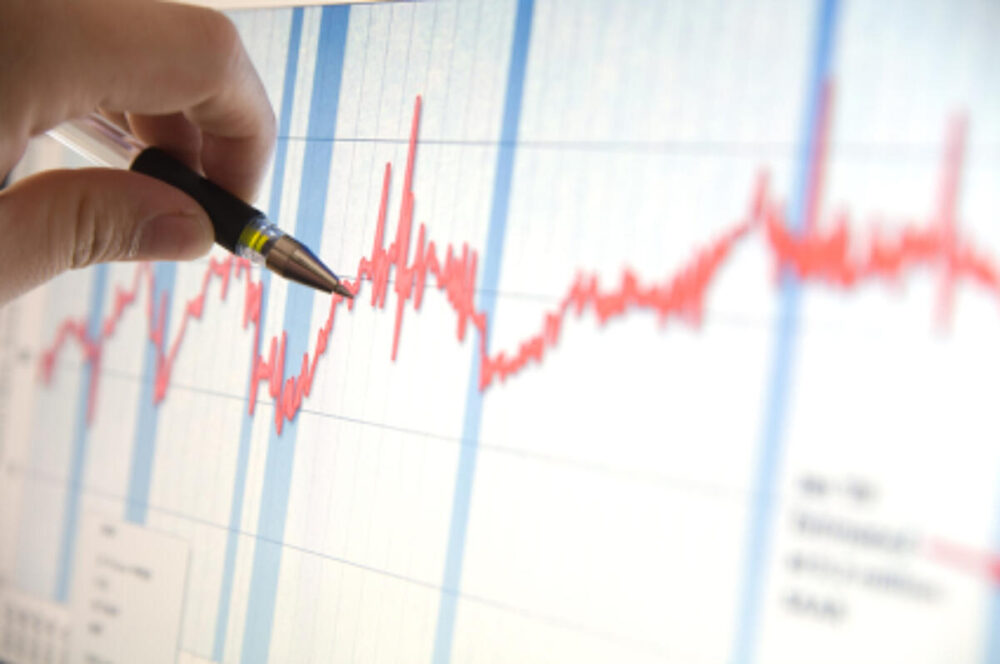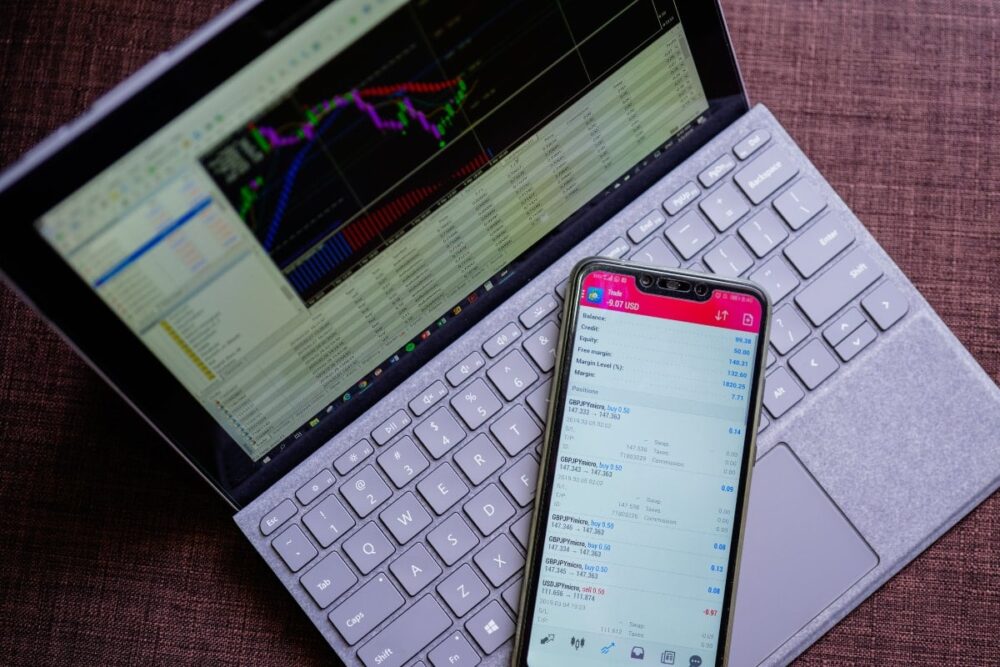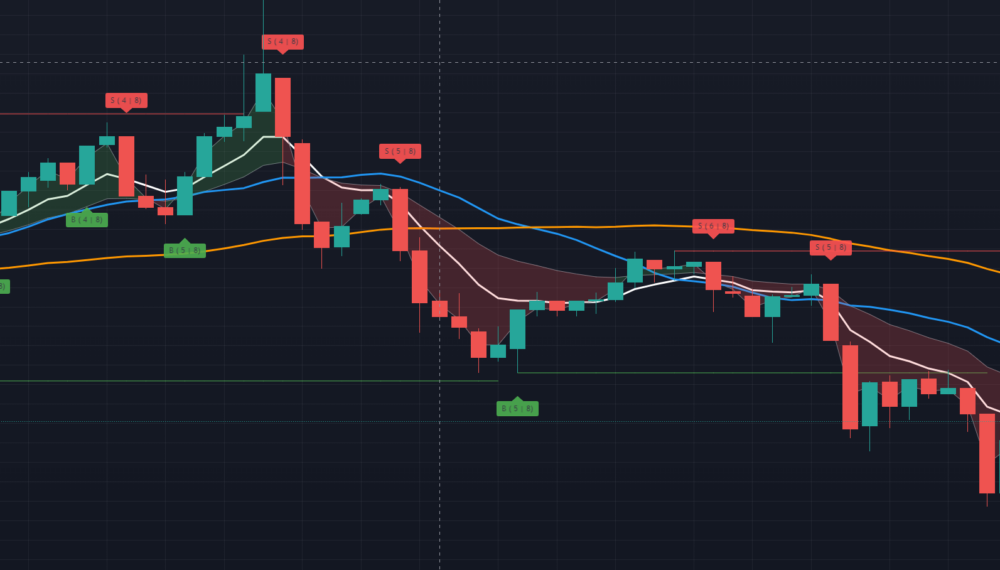Scalping is a popular trading strategy that aims to generate quick profits by taking advantage of small price movements in the market. In the futures market, it can be an effective technique for traders looking to capitalize on short-term opportunities.
By understanding the basics of futures scalping and implementing key elements of successfully, traders can develop effective strategies and increase their chances of making quick profits.
Understanding Futures Scalping

Source: financebrokerage.com
Futures scalping refers to a trading strategy where traders aim to make small, frequent trades to take advantage of small price movements in the futures market. Unlike other trading styles that focus on longer-term trends, it focuses on capturing short-term price fluctuations. Traders who employ these strategies often enter and exit positions within a matter of minutes or even seconds.
What Is Futures Scalping?
Futures scalping involves identifying opportunities to trade based on small price movements in the futures market. Traders who scalp futures typically aim to profit from the bid-ask spread, which is the difference between the highest price a buyer is willing to pay and the lowest price a seller is willing to accept.
By quickly entering and exiting positions to capitalize on these small price differentials, scalpers can generate quick profits.
The Basics of the Futures Market
Before diving into futures scalping, it is essential to have a solid understanding of the basics of the futures market. Futures contracts are agreements to buy or sell an asset at a predetermined price at a specified time in the future. These contracts are traded on futures exchanges and are used for various purposes, including hedging against price fluctuations and speculating on future price movements.
One key aspect of the futures market is leverage. Futures contracts allow traders to control a large amount of the underlying asset with a relatively small amount of capital. This leverage can amplify both profits and losses, making it crucial for scalpers to carefully manage their risk.
In addition to leverage, futures markets are known for their high liquidity. This means that there is a significant amount of trading activity, allowing scalpers to enter and exit positions quickly. The high liquidity also reduces the risk of slippage, which is when the execution price of a trade differs from the expected price.

Source: money.com
Another important factor to consider is market volatility. Volatility refers to the magnitude of price fluctuations in the market. Higher volatility can provide more trading opportunities for scalpers, as there is a greater chance of significant price movements within short time frames. However, it also increases the risk of sudden reversals and potential losses.
Successful futures scalpers often rely on technical analysis to identify potential trading opportunities. They use various indicators and chart patterns to analyze price data and make informed decisions. Popular technical indicators include moving averages, oscillators, and support and resistance levels.
It’s worth noting that futures scalping requires a high level of focus and discipline. Traders must constantly monitor the market, execute trades swiftly, and adhere to strict risk management rules. Emotions can be detrimental to implementing strategies, as impulsive decisions can lead to significant losses.
Overall, futures scalping is a trading strategy that offers the potential for quick profits by capitalizing on small price movements in the futures market. However, it requires a deep understanding of the market, effective risk management, and the ability to make rapid decisions. Traders who are able to master this strategy can potentially achieve consistent profitability in the fast-paced world of futures scalping.
Key Elements of Successful Scalping

Source: fxempire.com
In order to succeed, traders need to pay attention to several key elements:
Timing and Market Conditions
Timing plays a crucial role. Traders need to carefully select the most active periods in the futures market when liquidity is high and price movements are more likely to occur. Additionally, monitoring market conditions is essential, as volatile markets can offer more opportunities.
Risk Management in Scalping
Risk management is crucial in any trading strategy, and scalping is no exception. Traders should set strict stop-loss orders to limit potential losses and adhere to their predetermined risk-reward ratios. Additionally, maintaining disciplined risk management practices helps traders minimize emotional decision-making and stay focused on their strategy.
Importance of a Trading Plan
A well-defined trading plan is essential for the success of these strategies. Traders should establish clear entry and exit rules, define their risk tolerance, and determine the exact conditions under which they will enter and exit trades. Adhering to a plan helps traders avoid impulsive trading decisions and maintain consistency in their approach.
Popular Futures Scalping Strategies

Source: financebrokerage.com
Several strategies can be employed:
Spread Scalping
Spread scalping involves taking advantage of small price discrepancies between different futures contracts or related assets. Traders identify price differentials and execute trades to profit from the convergence of prices.
Momentum Scalping
Momentum scalping focuses on capturing short-term price movements during periods of strong market momentum. Traders identify assets that are experiencing significant upward or downward movement and enter trades in the direction of the momentum.
Breakout Scalping
Breakout scalping involves capitalizing on breakouts from consolidation patterns or significant support and resistance levels. Traders enter positions once a breakout occurs and aim to profit from the subsequent momentum.
Tools and Indicators for Futures Scalping

Source: reddit.com
To increase effectiveness, traders can utilize various tools and indicators:
Moving Averages
Moving averages can help identify trends and potential entry points in scalping. Traders commonly use short-term moving averages, such as the 5-period or 10-period moving averages, to spot price movements and make informed trading decisions.
Bollinger Bands
Bollinger Bands are a volatility indicator that can assist in scalping. They consist of a centerline and two standard deviation bands that dynamically adjust to market conditions. Traders can use Bollinger Bands to identify overbought and oversold conditions, as well as potential price breakouts.
Stochastic Oscillator
The Stochastic Oscillator is a momentum indicator that helps identify overbought and oversold conditions in the market. Traders can use it to identify potential reversal points or confirm trends before entering into scalping positions.
Conclusion

Source: cryptonewsz.com
In conclusion, futures scalping is a trading strategy that can be employed to generate quick profits in the futures market. Understanding the basics of futures scalping, implementing key elements, and utilizing appropriate tools and indicators can increase the effectiveness of these strategies.
By mastering these techniques and continuously refining their approach, traders can improve their chances of success in futures scalping and achieve their profit targets.


















